Potted plants are planted and grown in a container rather than directly planted in the ground. Most people usually prefer potted plants.
After all, they are ideal for smaller spaces and easy to maintain because they come in various shapes, sizes, and habitats.
All potted plants have one thing in common, i.e., they attract worms to the soil, either through animal carriers or cross-contamination when planting.
This means that you will always find some plant worms in your potted plants.
Are plants okay with plant worms?
Some plant worms are beneficial for plants, they promote healthier plant growth, but not all are good for our plants. Some plant worms could seriously damage them and prove to be havoc.
So, we must get to know about plant worms and differentiate which are good and not.
Beneficial Plant Worms
Red Wigglers
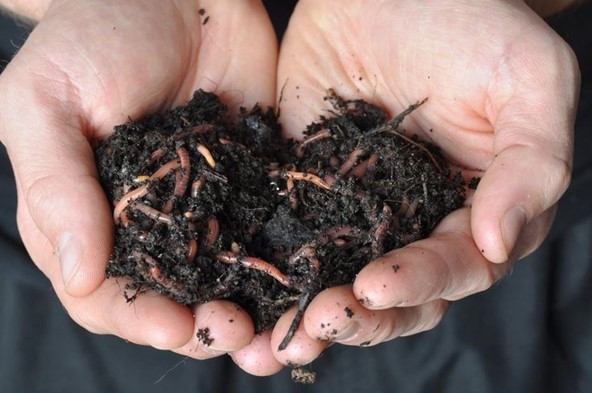
These are a type of earthworms about which many might already know, having a scientific name, i.e., Eisenia fetida.
Red wigglers are highly beneficial for plants and grow for just 2 to 3 inches. This allows them to make space for themselves in potted plants.
As their name suggests, they are typically red. They do not have bones and are composed of 90% water; this makes the water very necessary for red worms.
So, if their skin is left dry, they might even die. Red wigglers can do magic to your plant. Just feed them the right type of organic waste.
It could be vegetable and fruit peels, used tea bags, coffee grounds, dry leaves, and many more.
Nematodes
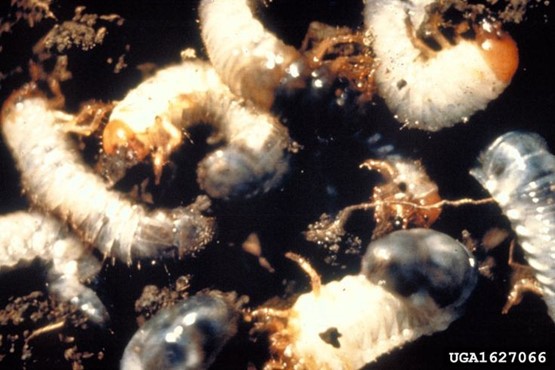
Nematodes are naturally occurring microscopic plant worms. There are many different types of Nematodes, and some are beneficial while some are harmful to our potted plants.
There are more than 30 types of beneficial Nematodes. One needs to understand the difference between beneficial Nematodes and harmful nematodes.
Good nematodes grow well with insecticide herbicides. These things do not affect good nematodes. But harmful nematodes struggle to survive in such cases.
Good nematodes create a healthier growing environment for plants. At the same time, harmful nematodes do the opposite.
Harmful Plant Worms
Harmful worms are not precisely worming. These are worm-like creatures that can cause massive damage to your potted plants, and their presence is a matter of deep concern.
Since potted plants are less in area, harmful worms do not require much time to cause havoc.
Therefore, it is generally recommended that once you see harmful worms in your potted plants, do not ignore them and get rid of them as fast as possible.
Grubs (Grub Worms)/ Holotrichia
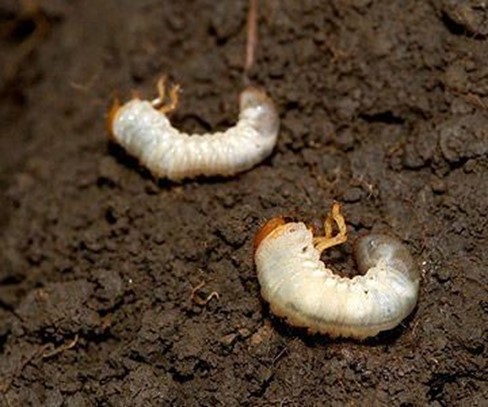
Grub worms are C- shaped white grubs, approximately half an inch in length. They have a scientific name, i.e., Holotrichia from the family called Scarabaeidae.
They have a soft body with legs towards their head. They eat up the roots and organic matter present in the soil, causing the plant to die and grow into full-fledged bugs.
Further, they turn into adult beetles, emerge from the soil, and hatch eggs, which grow into more grubs. The eggs hatch approximately in 30 days.
The early-stage larvae consume organic matter present in the soil and grow continuously. Within just a few days, they make the plants week by eating up their roots, and plants ultimately die.
If you see your plant dying, look if it has grubs. Always aerate your plants well to destroy the grubs if present in the soil. Even helpful nematodes could help you in avoiding the growth of worms in the soil.
Plant-Parasitic Nematodes
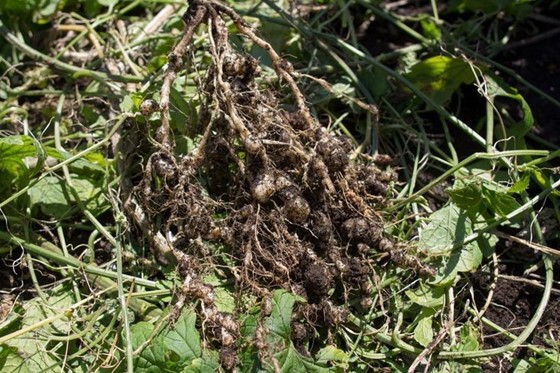
Plant-parasitic Nematodes are small, microscopic organisms that grow on plants’ roots and eat up the plants, causing plants’ death. If your plant has plant-parasitic Nematodes, they will gradually turn yellow, accompanied by a yield decline.
If you want to protect your soil from plant-parasitic Nematodes, drain soil well every season and add inorganic materials to promote healthier nematodes.
Ugly Plant Worms
If you see Ugly worm-like creatures in the soil, it is not a matter to concern about. Because ugly plant worms do not mean they are wrong or destroy plants. They are much beneficial for plants and their growth.
Pot Worms

Enchytraeidae or pot worms are small earthworms like creatures, also known as pot worms. They live in highly organic terrestrial environments, as well as some of them are marine.
They are always found in massive numbers but are of no harm. Although, they are beneficial for plants and their growth.
They aerate the soil and help in the overall composting process of plants. Pot worms grow/feed on bacteria and fungi and in low pH conditions high in moisture.
If you have many pot worms in your potted plants, that is a case of no worry. Just relax, or you may transfer some of those pot worms to your lawn and allow them to grow there.
One another method is, soak a piece of bread in milk and put it in your pot. The pot worms would be attracted towards soaked bread and would make it a home.
You could then quickly take out that bread and compost it in your lawn.
Millipedes
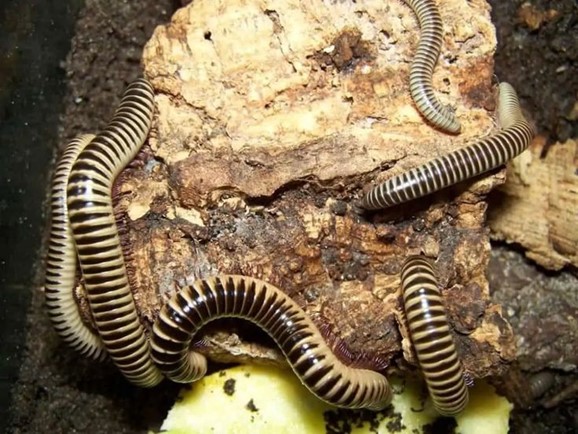
According to Wikipedia, Millipedes are a group of arthropods characterized by having two pairs of jointed legs on most body segments.
Each double-legged segment is a result of two single segments fused. The scientific name of Millipedes is Diplopoda. They have a long, blackish, or reddish-brown body.
They Crawl around, looking for dark and moist conditions. They move slowly with the help of legs, which push them forward in a wave-like motion.
They break down the soil’s organic material, making the soil beneficiary for the growth and survival of plants. They are harmless to both plants and humans.
Millipedes are usually found in moist areas. An interesting fact about them is, they have as many as 350 pairs of legs, and a female millipede can lay up to 100 eggs. They are believed to live for almost ten years.
Conclusion
It is essential to know about the worms before categorizing them into a harmful or beneficial category. If you see worms in your potted plants, do verify what type of plant worm it is.
Many ugly-looking worms could be a game-changer for your plant’s growth because not every worm is harmful.
Earthworms, Millipedes, pot worms, and some nematodes can help improve soil and plant growth.





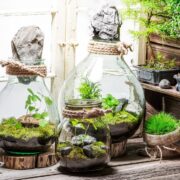
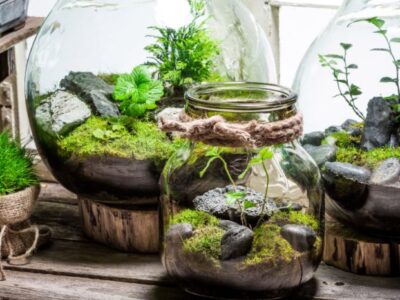

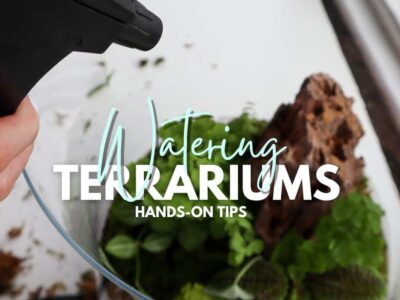
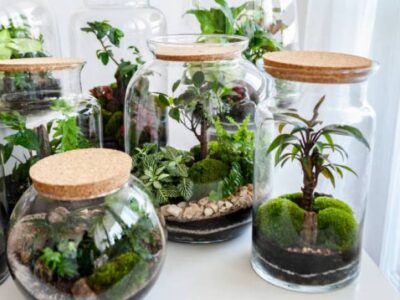
Comments